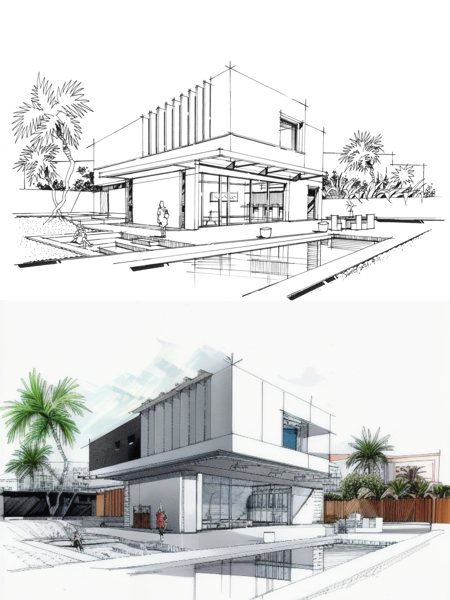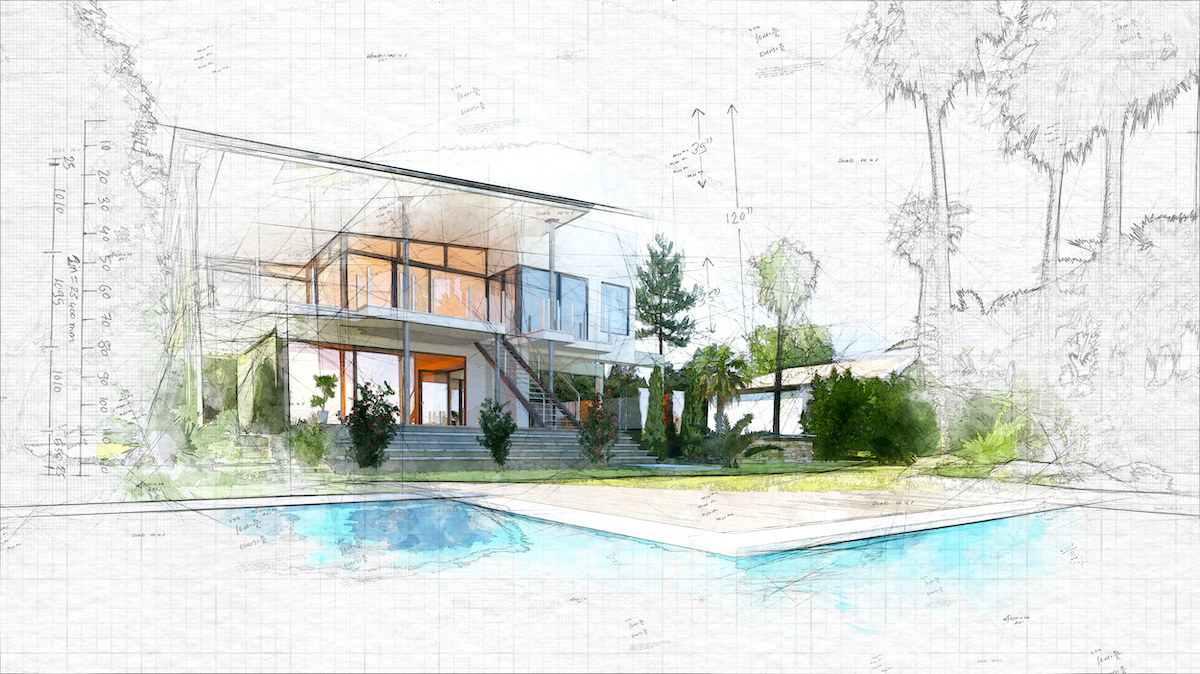The Creative Process Behind Effective Tasks from CDA Architects
The Creative Process Behind Effective Tasks from CDA Architects
Blog Article
The Important Duty of an Architect fit Lasting Urban Settings for Future Generations
The duty of a designer in crafting lasting city environments is increasingly essential in reacting to the difficulties of environment adjustment and urbanization. By flawlessly incorporating eco-friendly concepts right into their styles, designers not only enhance the aesthetic and useful high quality of metropolitan spaces yet also address pushing problems such as power performance and social equity.
Understanding Sustainable Urban Layout
Sustainable city style integrates ecological concepts with urban planning to create environments that are not only livable but also resilient. This method emphasizes the value of including natural systems into the urban material, making sure that growth satisfies the needs of the existing without endangering the capacity of future generations to fulfill their very own demands. Key elements of lasting city style consist of reliable land use, the promo of biodiversity, and the integration of eco-friendly spaces, every one of which add to boosted high quality of life for residents.
Additionally, lasting urban style prioritizes the decrease of the city heat island result, boosted air top quality, and reliable stormwater management. It encourages using renewable energies and energy-efficient building practices, which dramatically lower carbon footprints. Lasting city design fosters social equity by producing easily accessible public rooms and promoting mixed-use advancements that provide to varied populations.
Through thoughtful preparation and ingenious design methods, lasting city settings can enhance area strength against environment modification while promoting economic advancement. This all natural technique not only addresses instant city obstacles yet also lays the groundwork for much healthier, a lot more sustainable cities for generations ahead.
Secret Obligations of Architects
Architects play a crucial function in forming lasting urban settings by converting layout principles into tangible structures and spaces. Their duties encompass a wide array of tasks that contribute to the total success of metropolitan layout projects.
Most importantly, engineers perform thorough website analyses to recognize the environmental, social, and social context of their tasks. This foundational knowledge notifies their layout decisions, ensuring that structures harmonize with their environments. They likewise involve in joint processes with stakeholders, consisting of city organizers, engineers, and the area, fostering an inclusive technique to city growth.
Additionally, engineers are charged with creating styles that maximize energy efficiency, resource preservation, and performance. They have to comply with regional zoning laws, constructing codes, and sustainability qualifications, guaranteeing compliance while pushing the boundaries of development.
Moreover, architects are accountable for managing the style process, coordinating with numerous professionals throughout the construction stage to ensure that the vision is realized precisely (cda architects). Inevitably, their duty is not exclusively regarding visual appeals; it has to do with producing resilient, adaptive rooms that boost the lifestyle for present and future generations, laying the foundation for lasting city living
Innovative Materials and Techniques

Furthermore, innovations in innovation have resulted in the development of high-performance materials, additional reading such as shielded concrete types (ICFs) and photovoltaic or pv glass, which contribute to power conservation and harness renewable resource. Strategies such as passive solar design and green roof coverings even more exhibit exactly how architecture can harmonize with all-natural systems, lowering reliance on synthetic home heating and air conditioning.
Additionally, the combination of smart materials, which adjust to ecological modifications, uses encouraging methods for boosting building performance. These products can react to temperature level fluctuations or dampness degrees, maximizing comfort and sustainability.
Ultimately, the tactical option and application of innovative materials and methods empower engineers to create urban spaces that are not just useful and aesthetically pleasing yet additionally durable and eco liable, ensuring a sustainable future for generations to find. cda architects.
Community Engagement and Cooperation
The success of innovative products and methods in lasting metropolitan architecture is dramatically improved by energetic neighborhood involvement and collaboration. Engineers should identify that the developed setting greatly affects the lives of neighborhood homeowners, making it crucial to include them in the design process. Involving the community fosters a sense of possession and liability, guaranteeing that advancements not just fulfill visual and useful requirements yet likewise reflect the worths and desires of those who inhabit them.

Successful neighborhood involvement also assists in prioritizing social equity within city advancement. By taking into consideration the voices of marginalized populations, engineers can produce rooms that are inclusive and fair. This way, community interaction and partnership come to be indispensable to attaining absolutely lasting city atmospheres that offer the demands of current and future generations.
Future Fads in Sustainable Design
An arising emphasis on flexible reuse and circular economic situation concepts is established to redefine the landscape of lasting design. As cities face increasing populace densities and ecological difficulties, architects are significantly turning to methods that optimize existing structures instead than going after brand-new builds. This approach not only protects cultural heritage however also dramatically minimizes source intake and waste.
Additionally, advancements in technology are shaping future patterns in lasting architecture. The integration of clever materials and structure systems enables real-time power management, improving efficiency and reducing carbon footprints. Developments such as green roofing systems, living wall surfaces, and energy-generating exteriors are becoming typical methods, additionally promoting ecological equilibrium within city environments.
Additionally, a shift in the direction of biophilic style is getting grip, stressing the connection in between nature and human well-being. By incorporating natural environments, architects develop rooms that promote mental health and wellness while advertising biodiversity.
Verdict
To conclude, designers are pivotal beforehand imp source lasting city environments through their experience in layout, ingenious materials, and neighborhood involvement. By focusing on power effectiveness and resource preservation, these experts add to the production of resilient metropolitan areas that fulfill the needs of present and future generations. The combination of environmental concepts not just enhances livability yet additionally fosters social equity, making sure developments reverberate with the worths and desires of the communities they serve.
Report this page